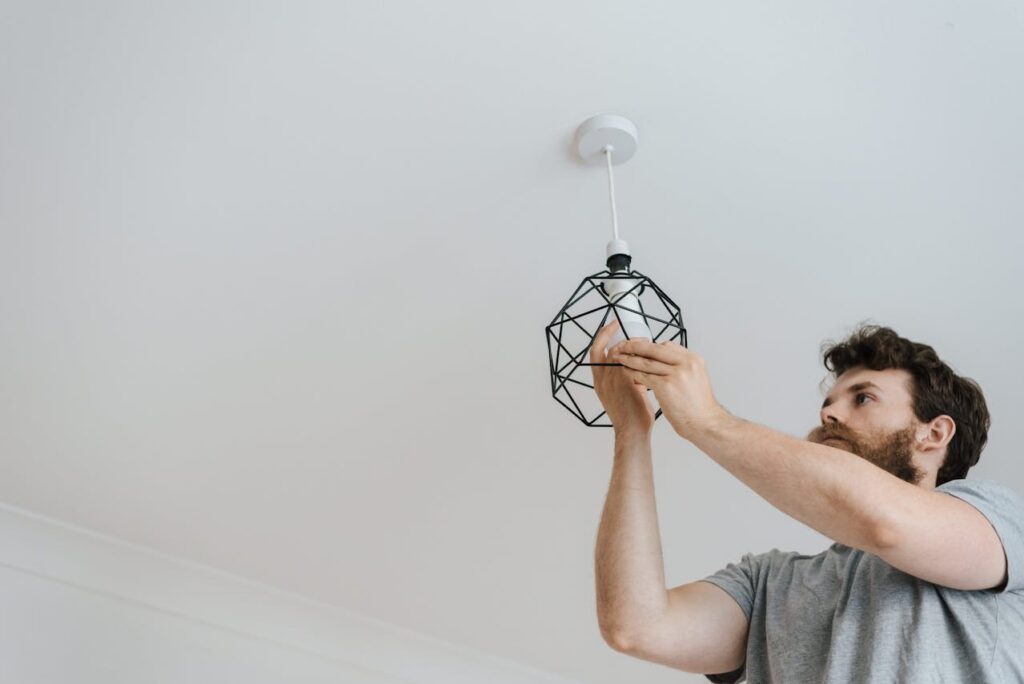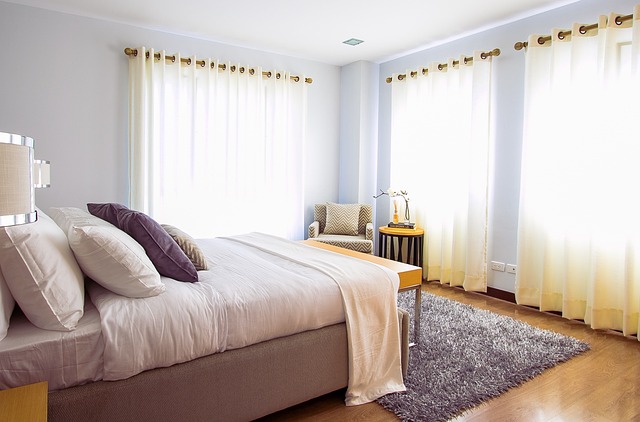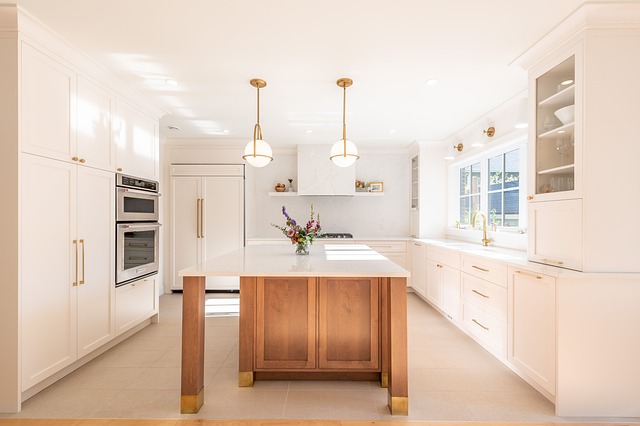Designing an energy-efficient Attached Accessory Dwelling Unit (ADU) involves multiple considerations to ensure that the unit is not only functional and comfortable but also minimizes energy consumption and environmental impact. Here’s an extensive guide on how to design an energy-efficient attached ADU, covering key aspects such as site selection, design principles, materials, systems, and strategies.
Site Selection and Orientation
Analyze the Site
Begin by assessing the site where the ADU will be located. Consider factors such as solar exposure, prevailing winds, and topography. The orientation of the ADU can significantly impact its energy efficiency.
Optimize Solar Exposure
Position the ADU to maximize passive solar heating. Ideally, the longest sides of the building should face south to capture the most sunlight. Use windows, overhangs, and shading devices to control solar gain and prevent overheating in summer.
Wind Patterns
Consider prevailing wind patterns for natural ventilation. Position windows and vents to promote cross-ventilation, which can reduce the need for mechanical cooling.
Design Principles
Compact and Efficient Layout
Design the ADU with a compact floor plan to minimize energy use for heating and cooling. An efficient layout reduces the building’s surface area relative to its volume, lowering heat loss and gain.
High-Performance Windows and Doors
Select windows and doors with high thermal performance. Look for double or triple glazing and low-emissivity (low-E) coatings that reduce heat transfer. Ensure proper sealing to prevent drafts and air leaks.
Insulation
Choose high-quality insulation for walls, floors, and ceilings. Insulation helps maintain a consistent indoor temperature and reduces the load on heating and cooling systems. Consider materials with high R-values, such as spray foam or rigid foam board.
Thermal Mass
Incorporate materials with high thermal mass, such as concrete or brick, which can absorb and store heat. These materials help regulate indoor temperatures by releasing stored heat during cooler periods and absorbing excess heat when temperatures rise.
Airtight Construction
Ensure the ADU is constructed to be airtight. This prevents unwanted air leaks and improves energy efficiency. Use weather-stripping, caulking, and proper sealing techniques around windows, doors, and other penetrations.
Energy-Efficient Systems
Heating, Ventilation, and Air Conditioning (HVAC)
Select Efficient HVAC Systems
Choose high-efficiency HVAC systems, such as ductless mini-split heat pumps or high-efficiency furnaces. These systems provide effective heating and cooling while consuming less energy.
Zoned Heating and Cooling
Implement zoned HVAC systems to provide temperature control in different areas of the ADU. This allows for targeted heating and cooling, reducing energy consumption.
Ventilation
Incorporate energy recovery ventilators (ERVs) or heat recovery ventilators (HRVs) to provide fresh air while recovering heat from exhaust air. This improves indoor air quality without sacrificing energy efficiency.
Water Heating
Efficient Water Heaters
Choose energy-efficient water heaters, such as tankless or heat pump water heaters. These options reduce energy use by heating water on demand or using ambient air to heat water.
Solar Water Heating
Consider installing solar thermal panels for water heating. Solar water heaters can significantly reduce energy consumption by using renewable solar energy to heat water.
Lighting
Use LED Lighting
Install LED light bulbs and fixtures, which are more energy-efficient and have a longer lifespan compared to traditional incandescent bulbs.
Utilize Natural Light
Maximize the use of natural light through strategically placed windows and skylights. Daylighting reduces the need for artificial lighting during the day.
Appliances
Energy-Efficient Appliances
Choose Energy Star-rated appliances for the ADU. These appliances meet rigorous energy efficiency standards and consume less energy.
Smart Appliances
Consider integrating smart appliances that can be programmed or controlled remotely. These appliances can optimize energy use and reduce consumption based on your needs.
Sustainable Materials
Eco-Friendly Building Materials
Select sustainable and environmentally friendly building materials. Examples include reclaimed wood, bamboo flooring, and low-VOC (volatile organic compounds) paints and finishes.
Low-Impact Construction
Minimize construction waste by using prefabricated components and modular designs. Recycle or repurpose materials whenever possible to reduce the environmental impact of construction.
Durable Materials
Choose durable materials that require minimal maintenance and have a long lifespan. This reduces the need for repairs and replacements, conserving resources over time.
Renewable Energy Sources
Solar Photovoltaic Panels
Install solar photovoltaic (PV) panels to generate electricity for the ADU. Solar panels can significantly reduce reliance on grid power and lower utility bills.
Wind Turbines
In areas with adequate wind resources, consider installing a small wind turbine to generate renewable energy. Wind turbines can complement solar PV systems and provide additional power.
Geothermal Heating and Cooling
Explore geothermal heating and cooling systems, which use the stable temperature of the ground to regulate indoor temperatures. Geothermal systems are highly efficient and can provide long-term energy savings.
Water Conservation
Low-Flow Fixtures
Install low-flow fixtures, such as faucets, showerheads, and toilets, to reduce water consumption. These fixtures use less water while maintaining performance.
Water-Efficient Landscaping
Design landscaping with drought-tolerant plants and efficient irrigation systems. This reduces water usage and minimizes the need for supplemental irrigation.
Rainwater Harvesting
Consider incorporating rainwater harvesting systems to collect and use rainwater for irrigation or other non-potable purposes. This can reduce the demand on municipal water supplies.
Smart Home Technology
Home Automation
Integrate home automation systems to control lighting, HVAC, and appliances. Smart thermostats, lighting controls, and energy monitors can optimize energy use and enhance convenience.
Energy Monitoring
Implement energy monitoring systems to track energy consumption and identify opportunities for improvement. Real-time data helps manage and reduce energy use effectively.
Smart Metering
Utilize smart meters to monitor and manage energy consumption. Smart meters provide detailed information on energy use, allowing for better management and conservation.
Regulations and Incentives
Building Codes
Ensure the ADU design complies with local building codes and energy efficiency standards. Adhering to codes ensures the safety and performance of the building.
Incentives and Rebates
Research available incentives, rebates, and tax credits for energy-efficient upgrades and renewable energy installations. Many regions offer financial incentives to encourage sustainable building practices.
Maintenance and Upkeep
Regular Inspections
Perform regular inspections of the ADU’s systems and components to ensure they are functioning efficiently. Address any issues promptly to maintain energy performance.
Preventive Maintenance
Implement preventive maintenance practices to extend the lifespan of systems and materials. Regularly clean HVAC filters, check insulation, and inspect windows and doors for leaks.
Conclusion
Designing an energy-efficient attached ADU involves a comprehensive approach that integrates thoughtful site selection, efficient design principles, sustainable materials, and advanced systems. By focusing on these elements, you can create an ADU that is not only comfortable and functional but also environmentally friendly and cost-effective.

Maximize Your Property with Attached ADUs by Red White & Blue Construction!
Are you considering an attached ADU in Lafayette, CA? Look no further than Red White & Blue Construction, your trusted ADU specialists! Transform your property with a custom attached ADU that caters to your changing lifestyle needs. Renowned for our expertise in ADU projects, we’re here to turn your ideas into reality, be it a cozy extension to your home, a stylish in-law suite, or a functional home office. Our proven track record in the Bay Area stands as a testament to our commitment, craftsmanship, and the exceptional standards we uphold in every undertaking.
At Red White & Blue Construction, we’re more than just builders; we’re architects of your ideal living solution. With our transparent pricing and exceptional client service, you’re not just adding an ADU; you’re investing in a versatile, value-adding extension of your home. Choose Red White & Blue Construction for your ADU project. Embark on a journey of Property Enhancement Excellence and contact us today!
Disclaimer
The materials available on this website are for informational and entertainment purposes only and not to provide advice. You should obtain advice concerning any particular issue or problem from a professional. You should not act or refrain from acting based on any content included in this site without seeking legal or other professional advice. The information presented on this website may reflect only some of the current building developments. No action should be taken in reliance on the information on this website. We disclaim all liability concerning actions taken or not taken based on any or all of the contents of this site to the fullest extent permitted by law.





